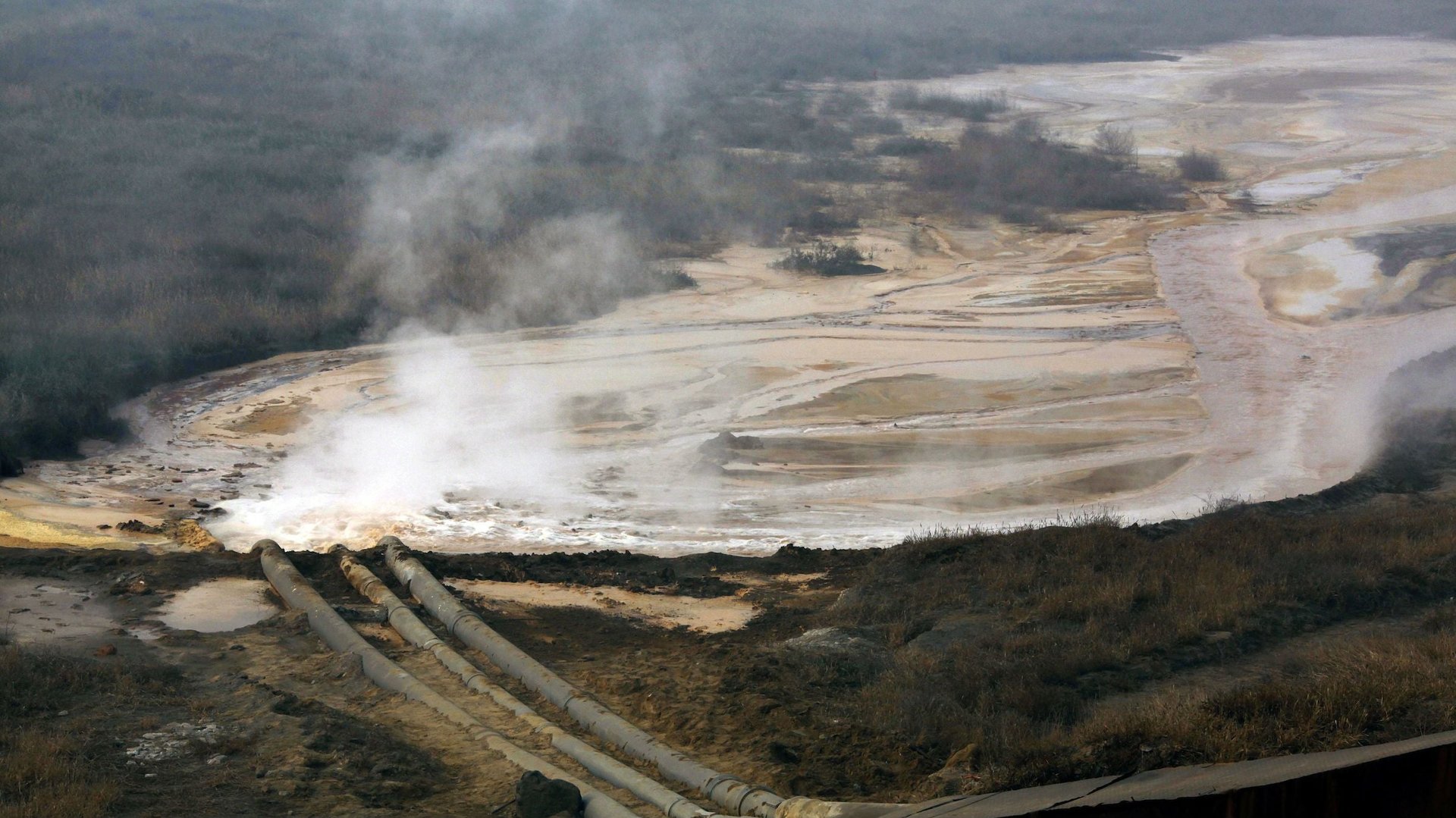China just realized it needs to clean up the football field-sized cesspools destroying its deserts
In the 1990s, wastewater “evaporation ponds” emerged as a way for Chinese factories to pursue zero-emissions goals and win building approval from Chinese authorities. But many of the factories are coal and chemical plants, whose discharge contains petrochemicals that prevent wastewater from evaporating. Now, after decades of complaints from locals and recent investigations by Chinese media, authorities have conceded that the plan was ill-conceived.


In the 1990s, wastewater “evaporation ponds” emerged as a way for Chinese factories to pursue zero-emissions goals and win building approval from Chinese authorities. But many of the factories are coal and chemical plants, whose discharge contains petrochemicals that prevent wastewater from evaporating. Now, after decades of complaints from locals and recent investigations by Chinese media, authorities have conceded that the plan was ill-conceived.
Chinese officials have closed six evaporation ponds at a chemical industrial park in the Tengger desert in Inner Mongolia, where layers of oily film have prevented 11 years worth of wastewater from evaporating, leaving behind thick, pungent lakes that locals say damage nearby water sources and cause health problems. At least 100 other evaporation ponds are still in operation throughout northwestern China, according to the Chinese finance publication Caixin.

Zhou Xueshang, a pollution expert at the Ministry of Environmental Protection, told Caixin that “almost all” of the evaporation ponds in China face “pollution risks or have already been polluted.”
Locals say that the factories in the Tengger Industrial Park buried waste in the sand when the ponds proved ineffective, and some say the sewage may have damaged groundwater sources. “If underground water is contaminated, the damage will be irreparable,” Liu Shurun, an ecologist at Inner Mongolia Normal University, told Beijing News. Others fear that these pollutants could eventually reach the Yellow River, which flows through nine Chinese provinces.
Last month, Chinese president Xi Jinping issued an order for a clean up the ponds and authorities have identified four people responsible for illegal wastewater discharge. But this isn’t the first time officials have tried to deal with the problem. In 2012, authorities closed 15 factories in the Tengger Desert after state television unveiled similar problems.